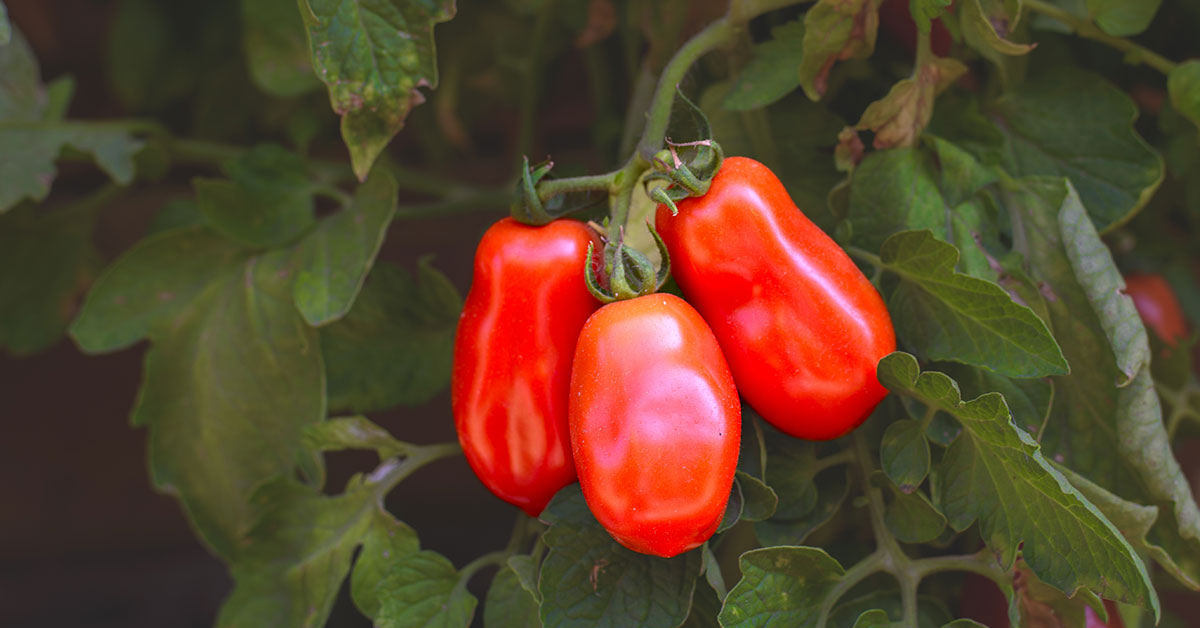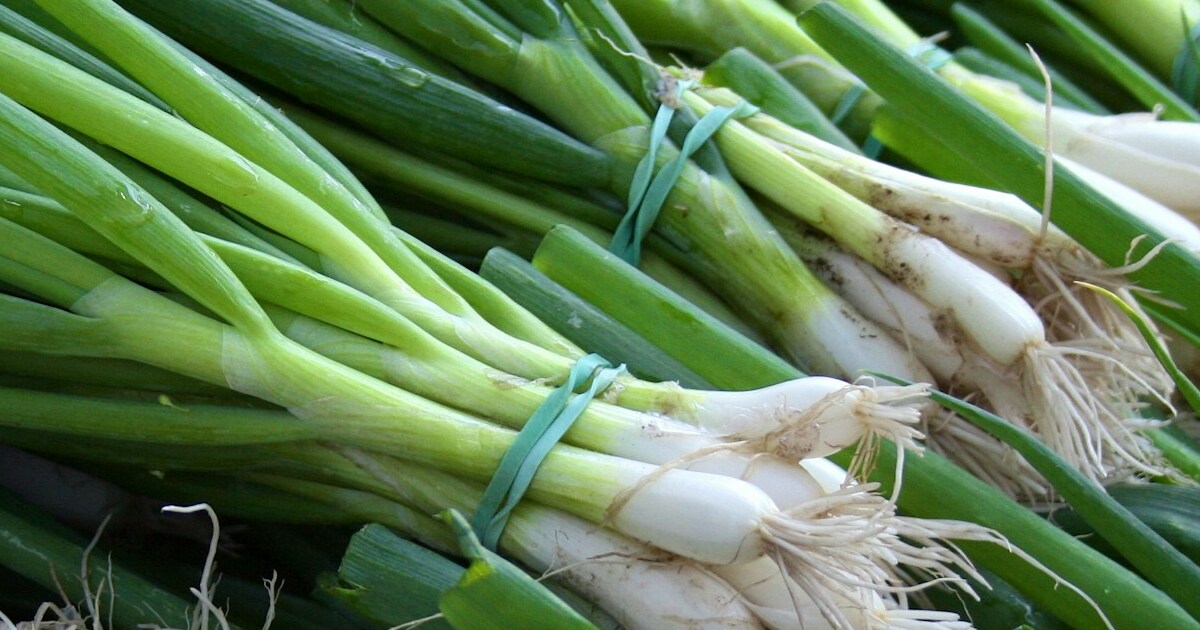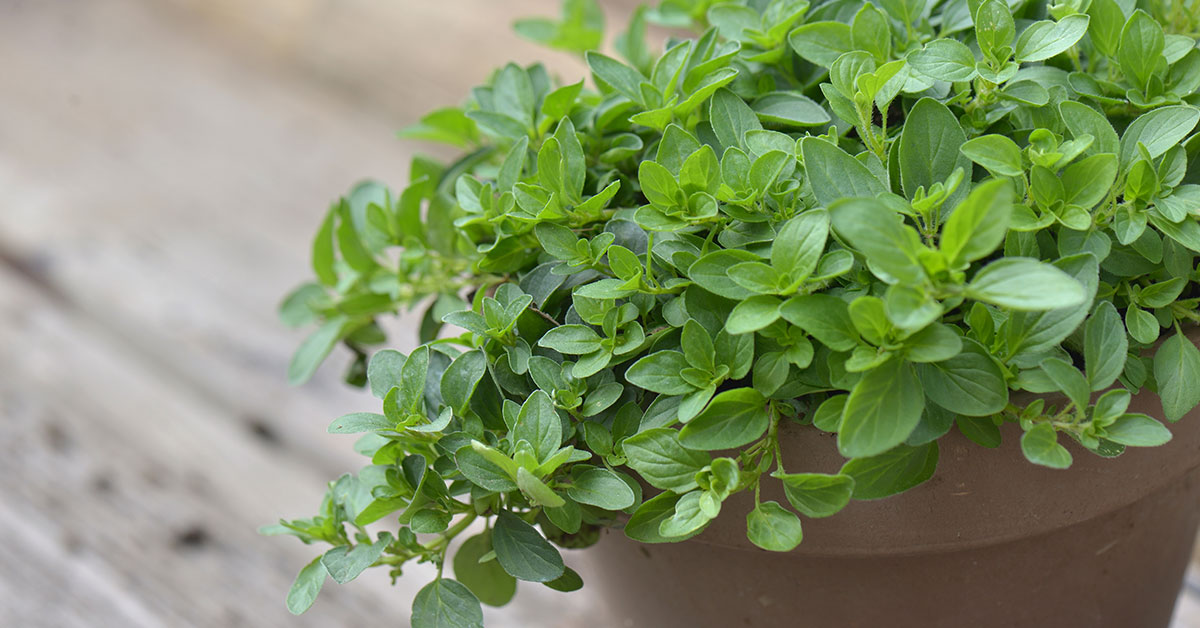Companion planting is one of my favorite techniques for creating a thriving vegetable garden. By strategically placing certain plants next to each other, you can improve growth, deter pests, and enhance the flavor of your veggies. It’s a natural way to boost your garden’s productivity without relying on chemicals. Plus, it’s fun to see how different plants can work together harmoniously!
In this article, I’ll share some tried-and-true companion planting tips that have worked wonders in my garden. Whether you’re a seasoned gardener or just starting, these tips will help you create a lush, productive vegetable garden. Let’s dive in and explore these amazing plant pairings!
Plant Basil with Tomatoes
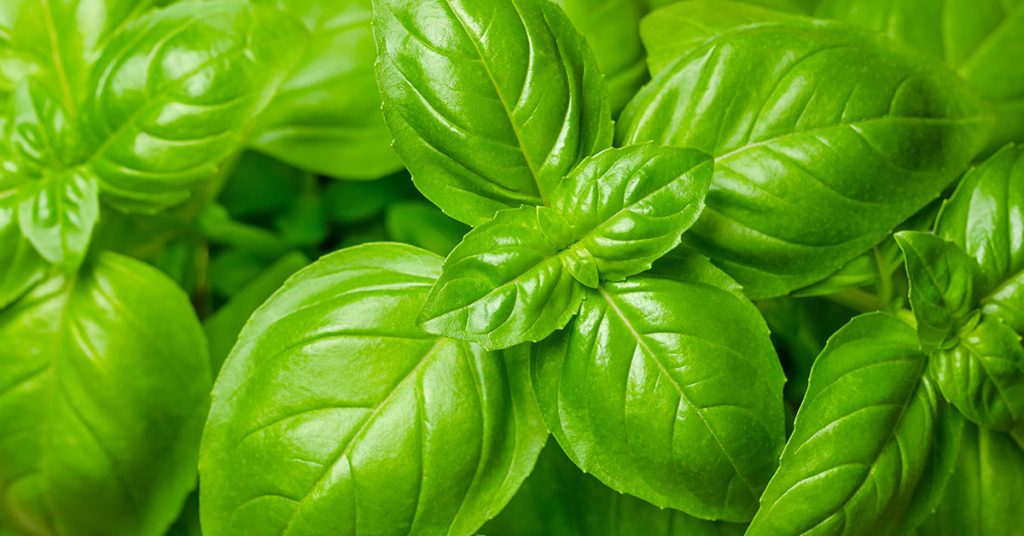
One of the most classic combinations in the garden is basil and tomatoes. Not only do they taste great together in the kitchen, but basil also helps repel pests that commonly attack tomatoes, such as aphids and tomato hornworms. The aromatic oils in basil are a natural deterrent, keeping your tomatoes healthier and happier.
I love planting basil around my tomato plants because it’s so convenient to harvest them together for fresh pasta sauces and salads. Basil also improves the flavor of tomatoes, making them sweeter and more vibrant. Just be sure to give them plenty of space to grow, as both plants need room to spread out and soak up the sun.
Carrots and Onions
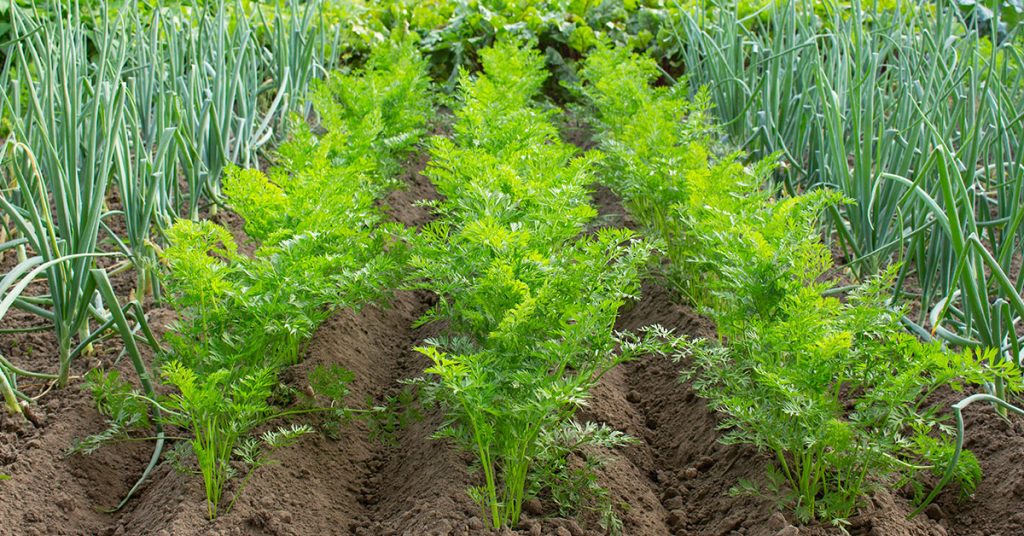
Carrots and onions make excellent companions in the garden. Onions help to deter carrot flies, while carrots can help to aerate the soil, benefiting the shallow-rooted onions. This partnership not only protects against pests but also ensures better soil health for both plants.
One of the best things about this pairing is that they both have similar growing requirements. They thrive in loose, well-drained soil and require consistent moisture. By planting them together, you can create a mini ecosystem that supports the growth of both vegetables, leading to a more productive and healthier garden.
Beans and Corn
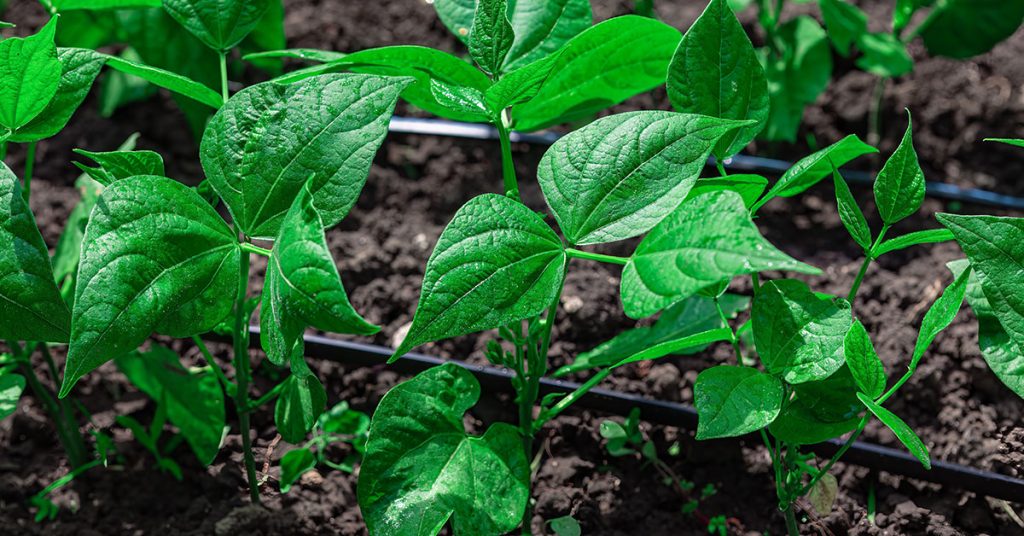
Beans and corn are a match made in heaven! Corn provides a natural trellis for beans to climb, while beans fix nitrogen in the soil, which benefits the corn. This symbiotic relationship enhances the growth of both plants and maximizes space in your garden.
I’ve had great success with this combination in my garden. It’s such a bummer when tall plants like corn fall over in the wind, but with beans twining up their stalks, the corn gets additional support. Plus, it’s fascinating to watch the beans climb and wrap around the corn, creating a vertical garden that’s both beautiful and functional.
Cabbage and Dill
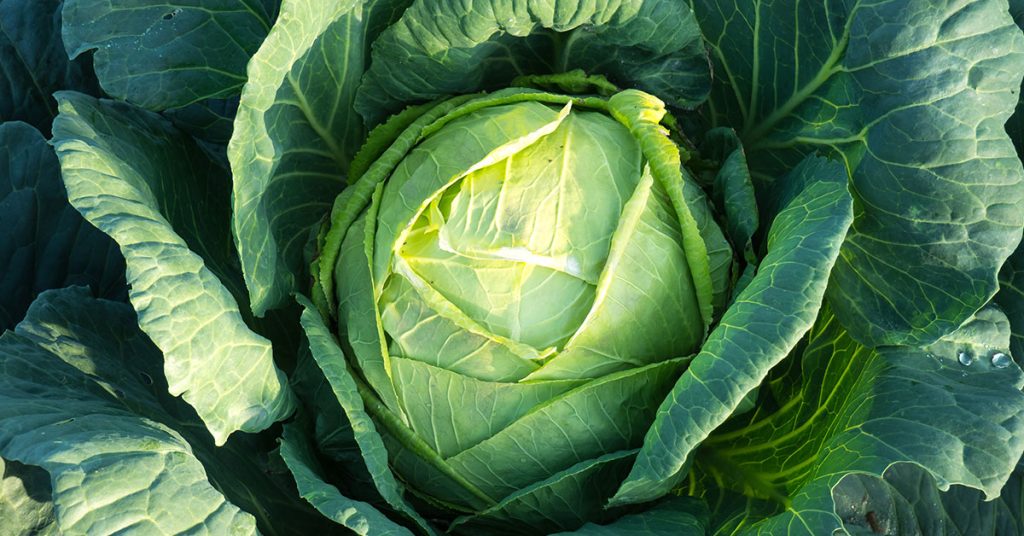
Cabbage and dill are another dynamic duo. Dill attracts beneficial insects like ladybugs and parasitic wasps that prey on cabbage pests such as aphids and cabbage worms. Additionally, dill’s feathery foliage provides light shade, which can help protect young cabbage plants from the harsh midday sun.
I always plant dill near my cabbage, and it’s amazing to see the difference it makes. The natural pest control provided by dill helps reduce the need for chemical treatments, and the combination of the two plants looks quite charming in the garden. Plus, you get fresh dill for pickles and salads – a double win!
Marigolds with Everything
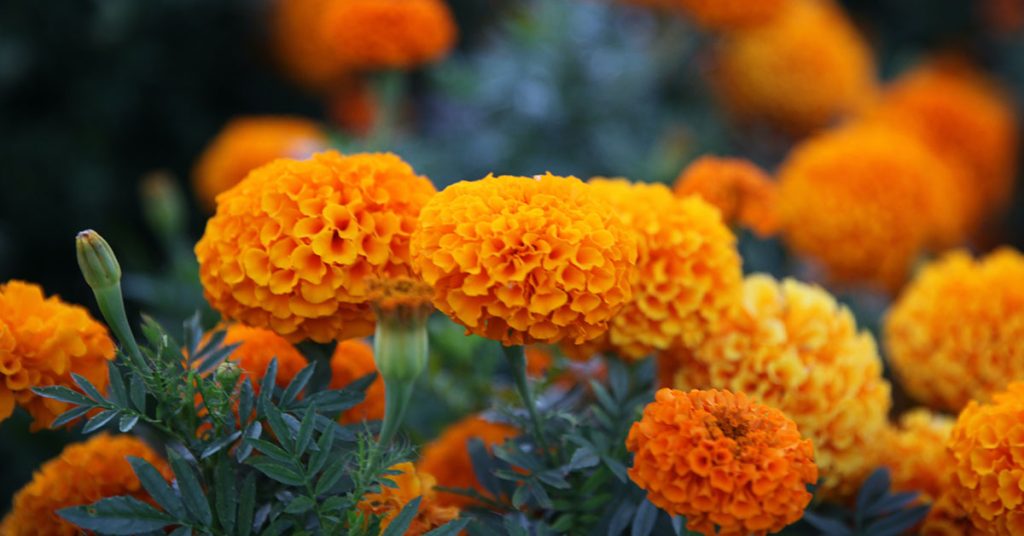
Marigolds are a gardener’s best friend when it comes to companion planting. Their bright, cheerful flowers deter a variety of pests, including nematodes, aphids, and whiteflies. Planting marigolds throughout your vegetable garden can create a pest-free zone that benefits all your crops.
I love marigolds for their versatility and hardiness. They’re easy to grow, require minimal care, and bloom profusely, adding a splash of color to the garden. Whether you plant them around tomatoes, peppers, or beans, marigolds will help keep your garden healthy and thriving. Plus, their vibrant blooms attract pollinators, which is always a bonus!
Lettuce and Radishes
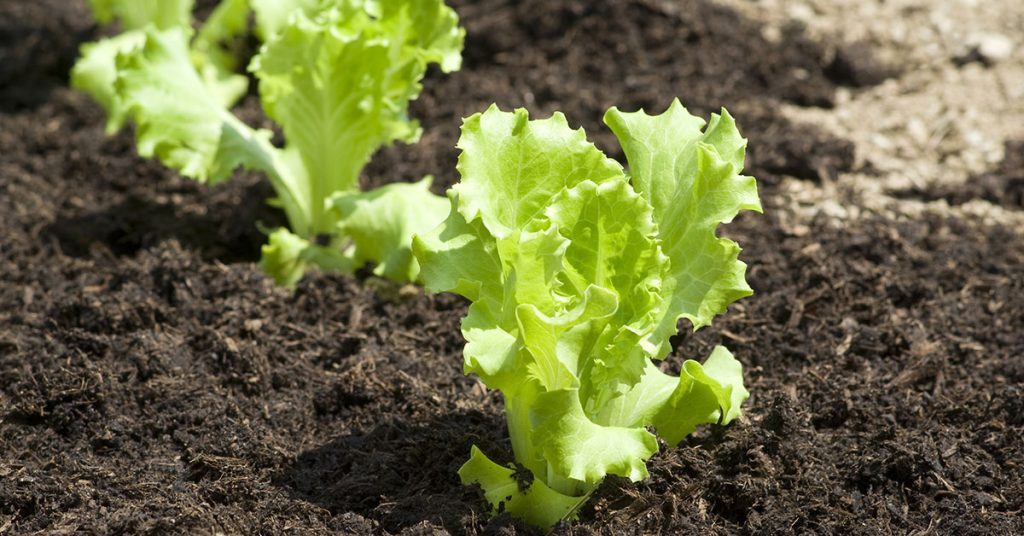
Lettuce and radishes are a fantastic pair for intercropping. Radishes grow quickly and can be harvested before lettuce fully matures, allowing you to make the most of your garden space. Radishes also help to break up the soil, creating better growing conditions for lettuce.
I’ve found that this combination works beautifully, especially in smaller gardens. It’s so satisfying to plant radishes and watch them sprout up in no time, giving you an early harvest. Meanwhile, the slower-growing lettuce benefits from the loosened soil and shade provided by the radish leaves, leading to a bountiful, staggered harvest.
Cucumbers and Nasturtiums
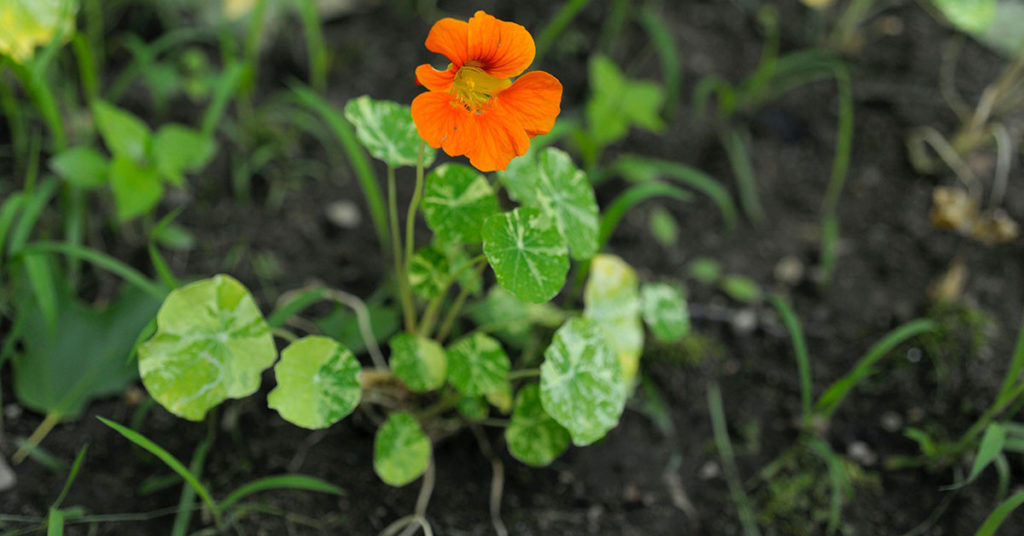
Cucumbers and nasturtiums make an excellent pair, both visually and functionally. Nasturtiums act as a trap crop, attracting aphids away from cucumbers. Additionally, their sprawling growth habit can help suppress weeds around your cucumber plants.
I always plant nasturtiums near my cucumbers, and I’m never disappointed. Their vibrant flowers not only add beauty to the garden but also serve as a natural pest control. Nasturtiums are edible, too, with a peppery flavor that’s great in salads. This pairing keeps my cucumbers pest-free and adds a delightful pop of color to my garden beds.
Spinach and Strawberries
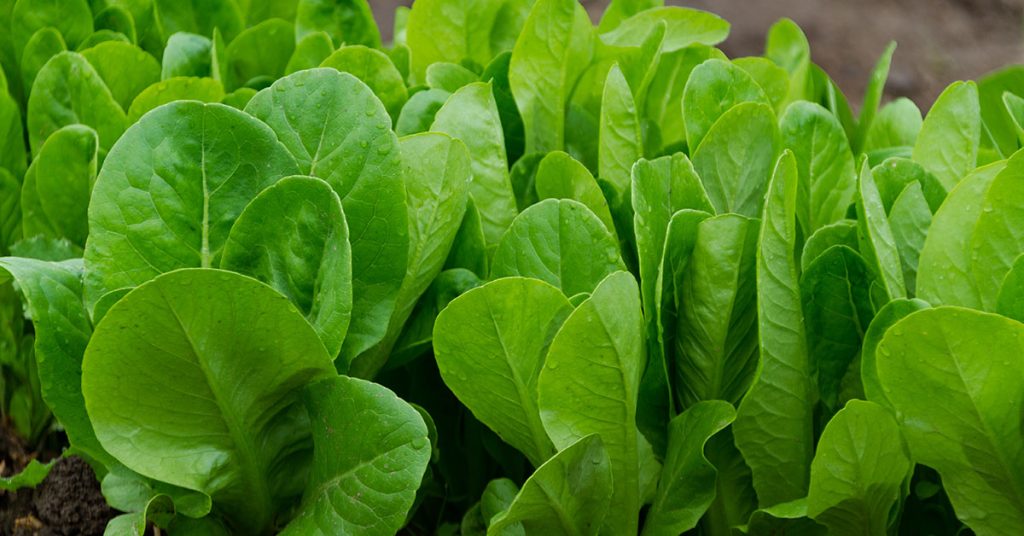
Spinach and strawberries are great companions because they have complementary growing habits. Spinach grows quickly and can provide ground cover, reducing weed competition for strawberries. In return, strawberries offer some shade to spinach, which helps keep it cool during warmer months.
This combination has been a game-changer for me. It’s such a joy to harvest fresh strawberries and spinach from the same bed! Spinach matures early in the season, just as strawberries are starting to take off, making efficient use of the space. Plus, the mix of green spinach leaves and red strawberries looks lovely.
Peas and Mint
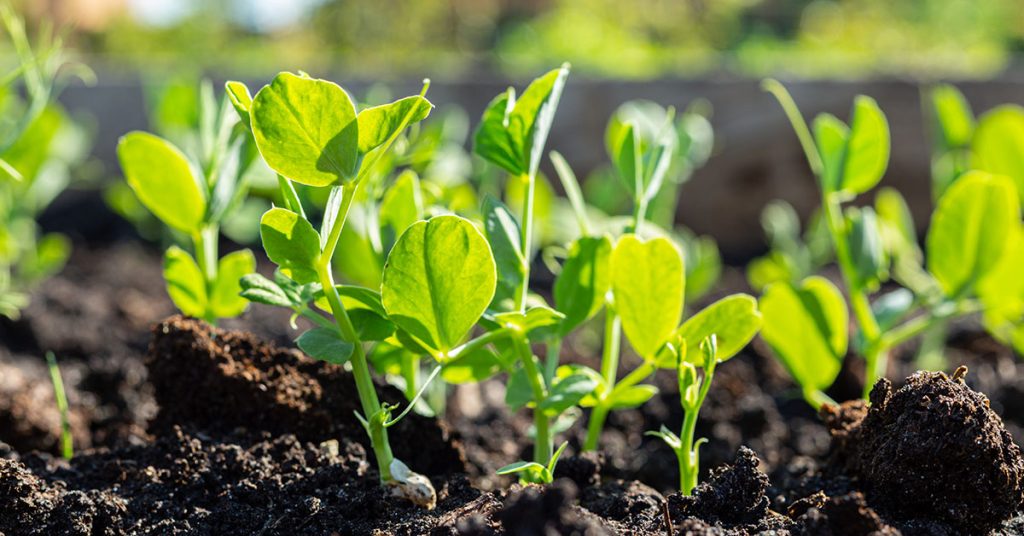
Peas and mint are a surprising but effective pairing. Mint’s strong aroma can help deter pests that might otherwise attack peas. Planting mint near peas can also improve soil quality as mint’s extensive root system helps to aerate the soil.
I was skeptical at first, but planting mint near my peas has been incredibly beneficial. Mint can be invasive, so I plant it in containers next to the pea beds. This setup keeps the mint contained while still providing its pest-repellent benefits. The fresh mint leaves are a bonus, perfect for teas and cooking!
Zucchini and Borage
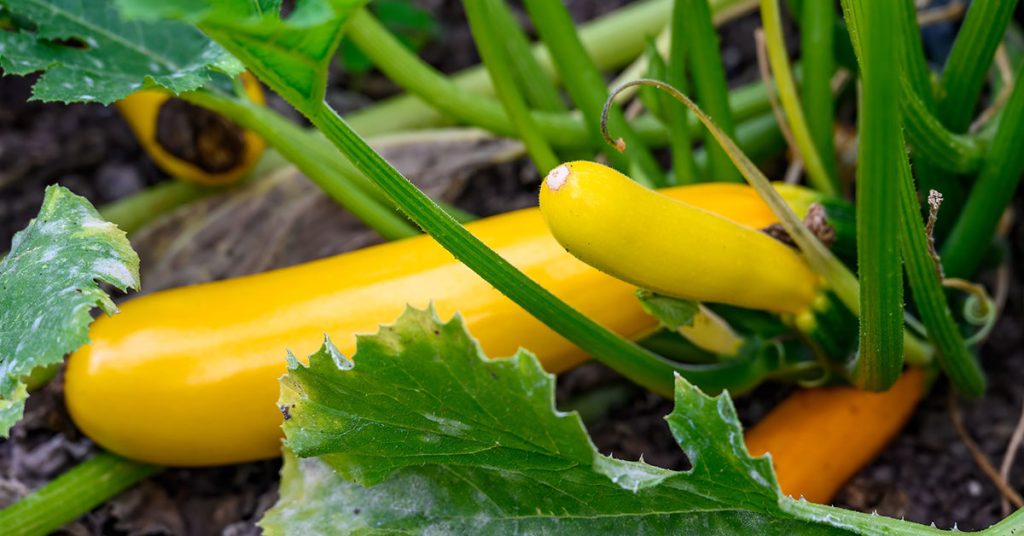
Zucchini and borage are a perfect pair. Borage attracts pollinators, which are essential for zucchini’s fruit set. Additionally, borage deters pests like tomato hornworms and cabbage worms, which can also affect zucchini plants.
I love how borage’s star-shaped blue flowers add a whimsical touch to the garden while doing double duty as a pest repellent and pollinator attractor. Planting borage around zucchini has led to more abundant and healthier harvests in my garden. Plus, borage is edible, with a mild cucumber flavor that’s great in salads and garnishes.
Companion planting is a fantastic way to boost your vegetable garden’s health and productivity. By pairing plants that benefit each other, you can create a more balanced, pest-resistant, and fruitful garden. Whether you’re growing tomatoes with basil or experimenting with peas and mint, these tips will help you cultivate a thriving vegetable garden.
